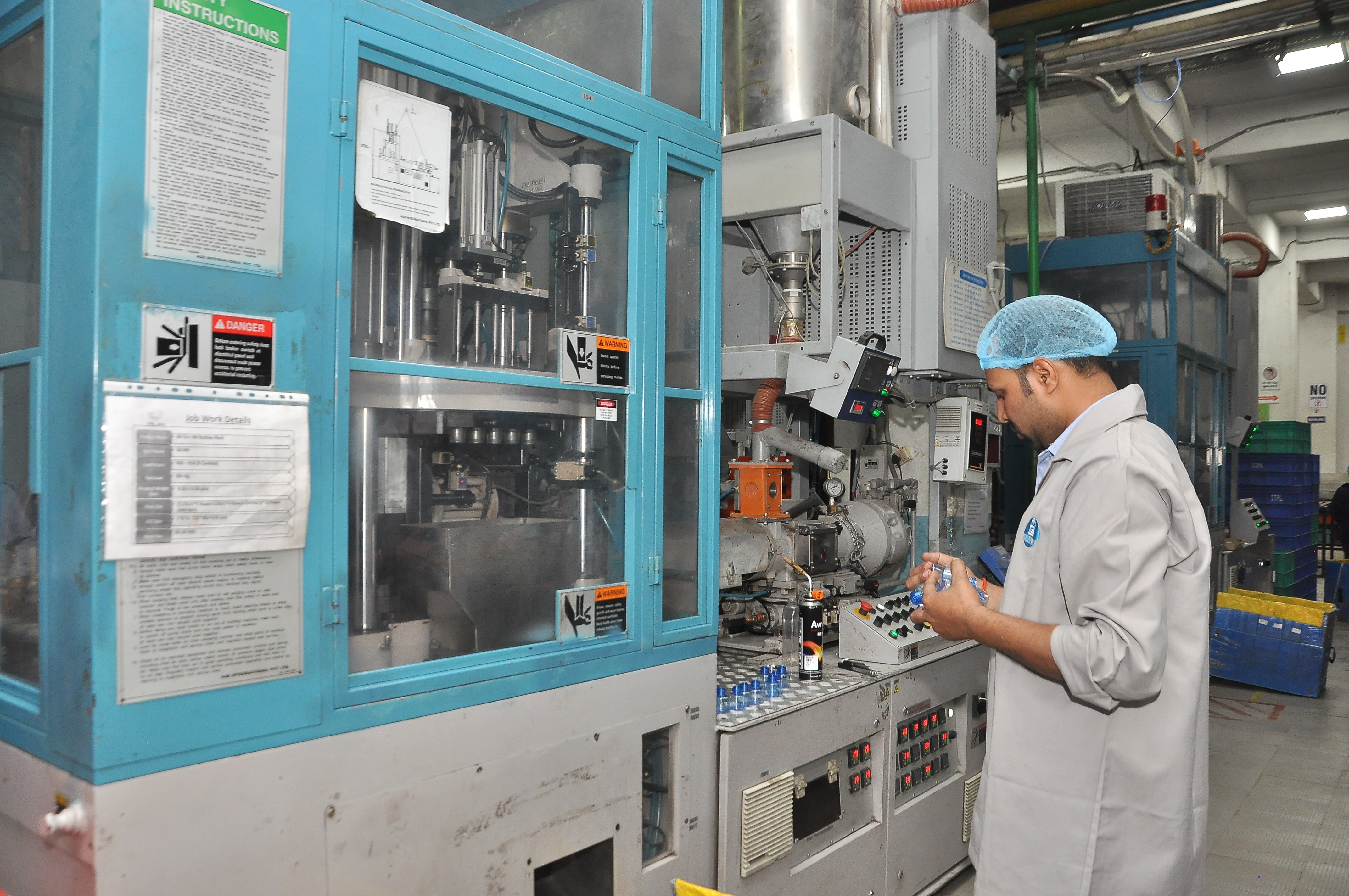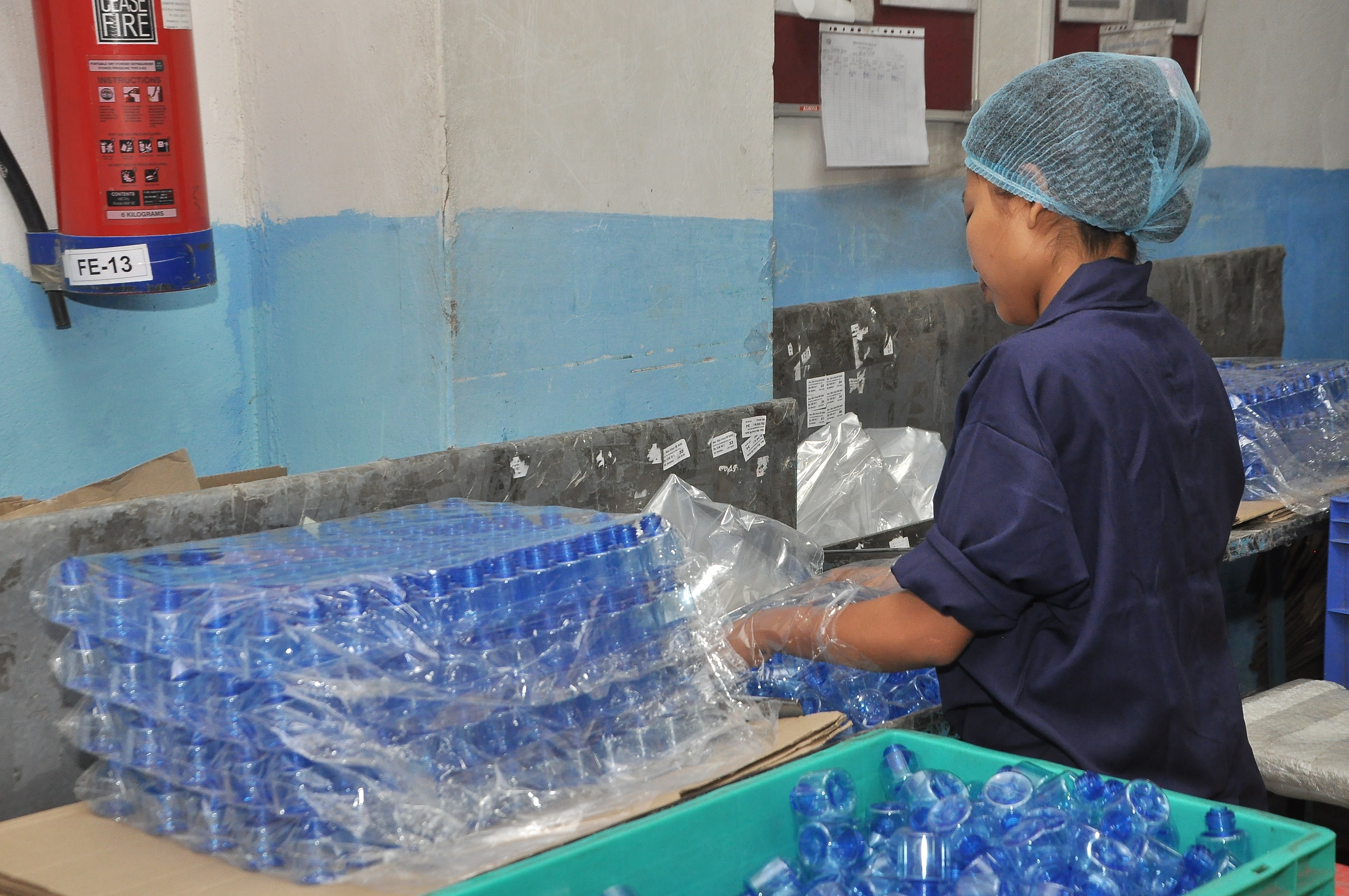RAW MATERIAL
PET
The most commonly used material is PET - Polyethylene Terephthalate. PET in its natural state is a colorless, semi-crystalline resin. Based on how it is processed, PET can be semi-rigid to rigid, and it is very lightweight. It makes a good gas and fair moisture barrier, as well as a good barrier to alcohol (requires additional "barrier" treatment) and solvents. It is strong and impact-resistant. PET becomes white when exposed to chloroform and also certain other chemicals such as toluene.
Advantages: Excellent clarity, nearing that of glass, lighter weight products, high breakage resistance to avoid risk and injury, dimensionally accurate bottles, thermally stable, suitable for hot filling, suitable for recycling.
PP
Polypropylene (PP), also known as polypropene, is a thermoplastic polymer used in a wide variety of applications including packaging and labeling, textiles, stationery, plastic parts and reusable containers of various types and more. An addition polymer made from the monomer propylene, it is rugged and unusually resistant to many chemical solvents, bases and acids.
Melt processing of polypropylene can be achieved via extrusion and molding. Common extrusion methods include production of melt-blown and spun-bond fibers to form long rolls for future conversion into a wide range of useful products, such as face masks, filters, diapers and wipes.
The most common shaping technique is injection molding, which is used for parts such as cups, cutlery, vials, caps, containers, housewares, and automotive parts such as batteries. The related techniques of blow molding and injection-stretch blow molding are also used, which involve both extrusion and molding. The large number of end-use applications for polypropylene are often possible because of the ability to tailor grades with specific molecular properties and additives during its manufacture.
Advantages: Offers a larger colour pallet, excellent chemical resistance and UV resistance, results in energy savings, lowest carbon footprint, greater durability, flexibility in design.
PCTA
PCTA stands for Poly cyclo-hexane-dimethanol-terephthalate acid which is a copolyster.
Copolyester forms when modifications are made to polyesters, which are combinations of diacids and diols. For example, by introducing other diacids, such as isophthalic acid(IPA), or other diols, such as cyclohexane dimethanol (CHDM) to the polyester polyethylene terephthalate (PET), the material becomes a copolyester due to its comonomer content.
Copolyesters retain their strength, clarity, and other mechanical properties even when exposed to a variety of chemicals that typically affect other materials, such as polycarbonates. This, plus their versatility and flexibility, allows manufacturers to use them effectively in the design of both high-volume, low-cost parts as well as critical, more expensive component parts.
HDPE
High-density polyethylene (HDPE) or polyethylene high-density (PEHD) is a polyethylene thermoplastic made from petroleum. Known for its large strength to density ratio, HDPE is commonly used in the production of plastic bottles, corrosion-resistant piping, geomembranes, and plastic lumber. HDPE is commonly recycled.
Advantages: Impact, stress and crack resistant, tough yet flexible, good chemical resistance, food contact acceptable, processability.
Sources: Wikipedia.com
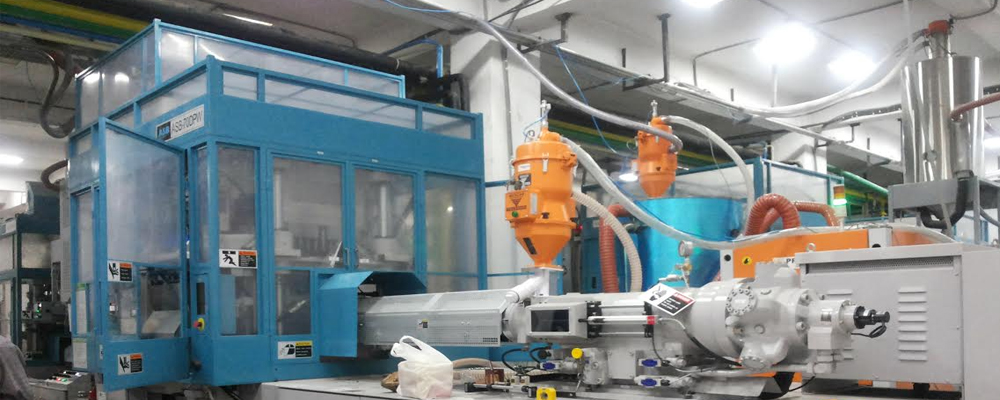
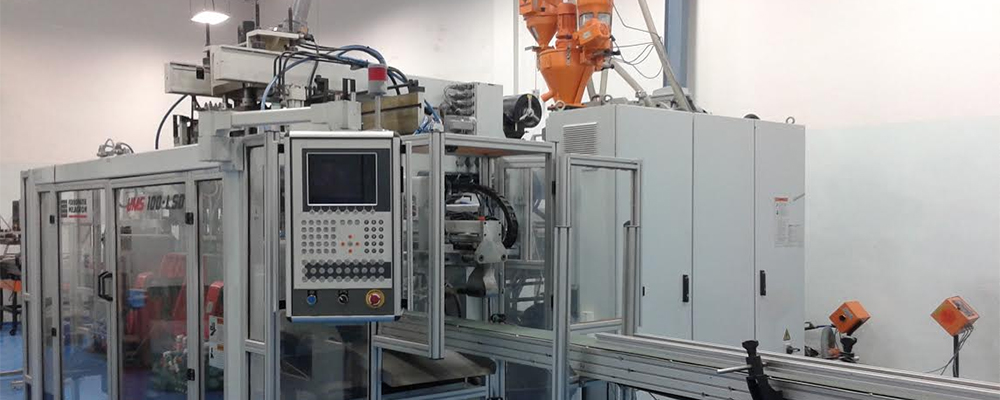

.jpg)
.jpg)
.jpg)
.jpg)
.jpg)
.jpg)
.jpg)
.jpg)
.jpg)
.jpg)
.jpg)
.jpg)
.jpg)
.jpg)
.jpg)
.jpg)
.jpg)
.jpg)
.jpg)
.jpg)
.jpg)
.jpg)
.jpeg)
.jpeg)
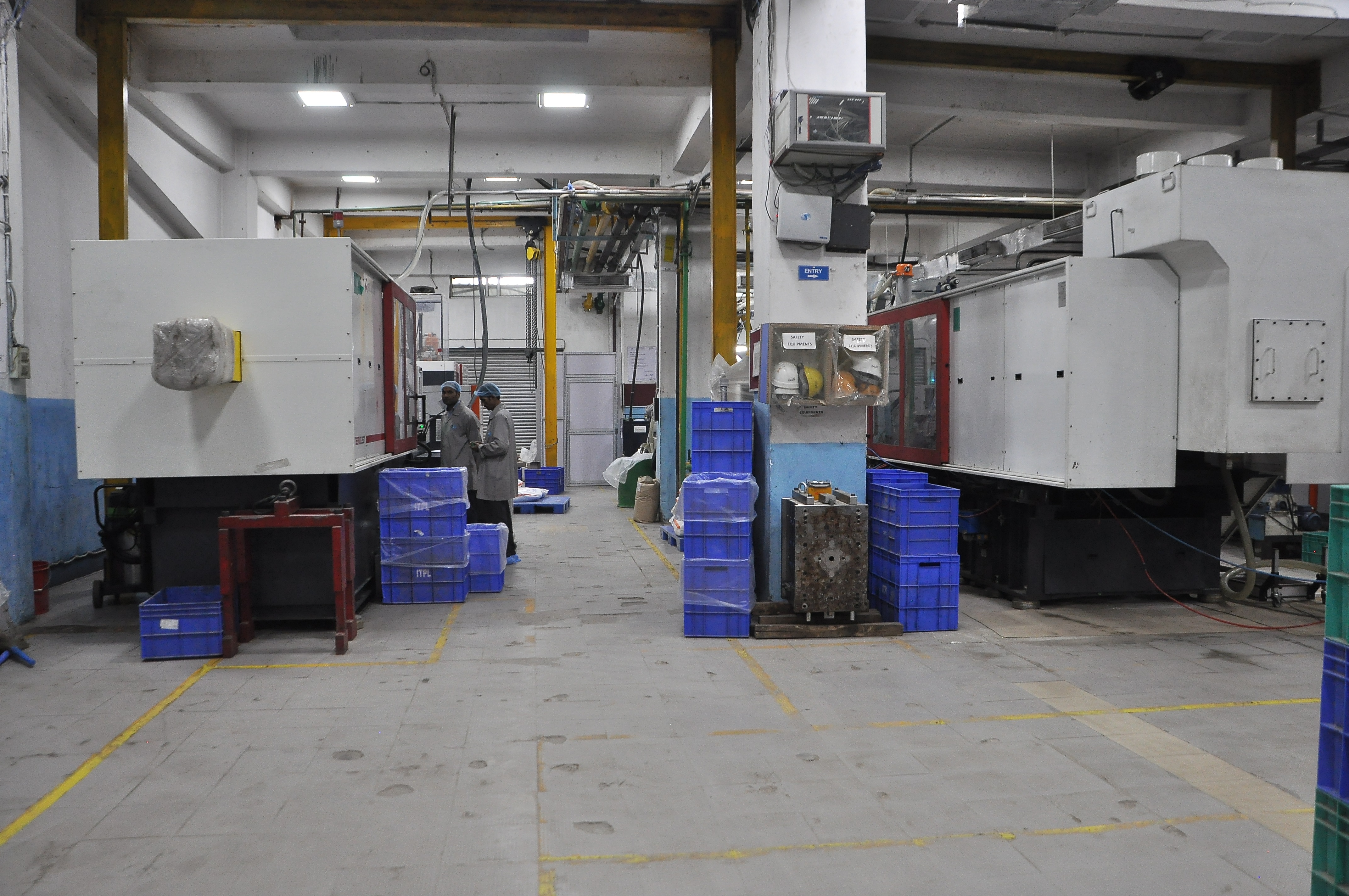

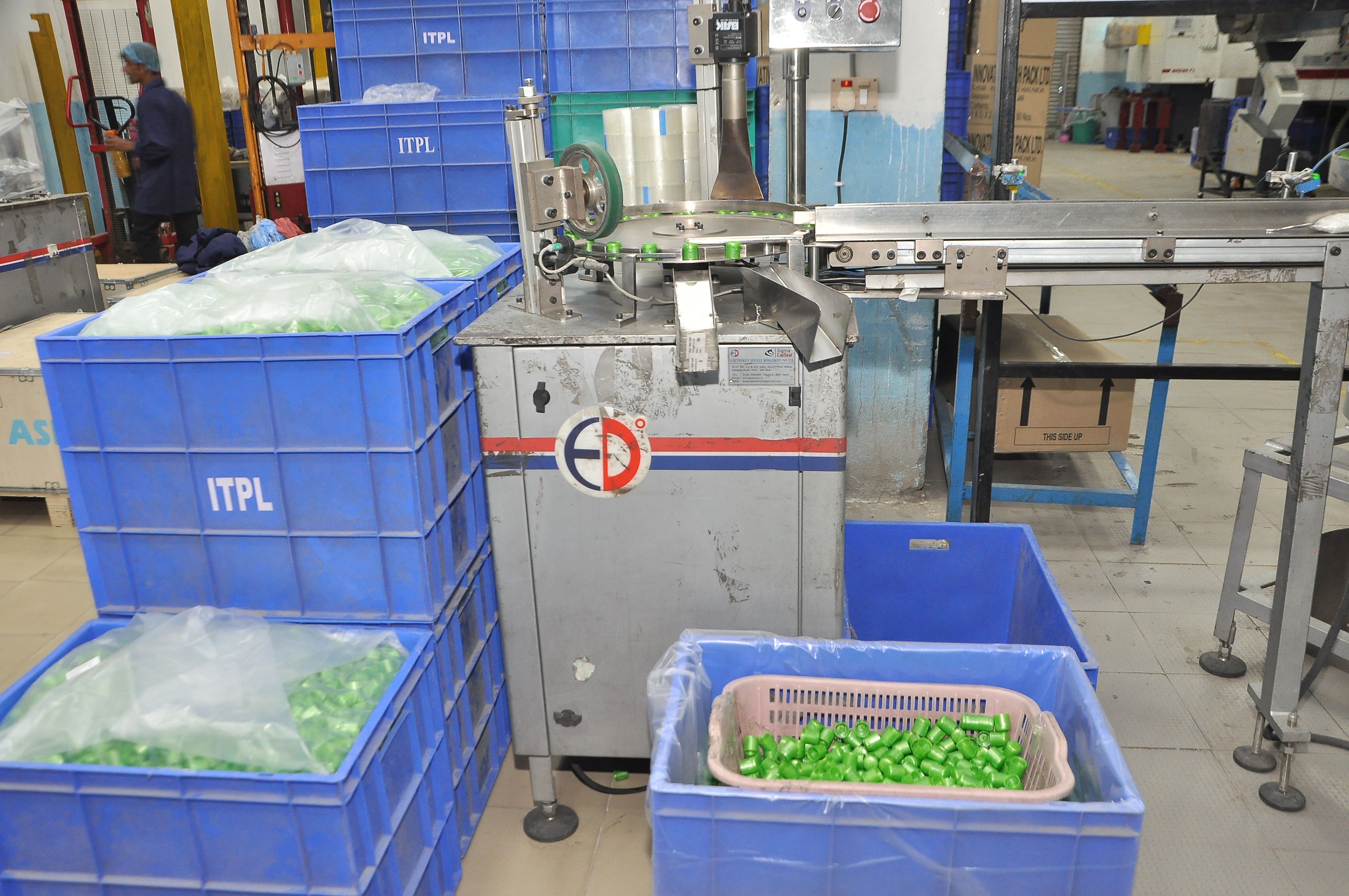
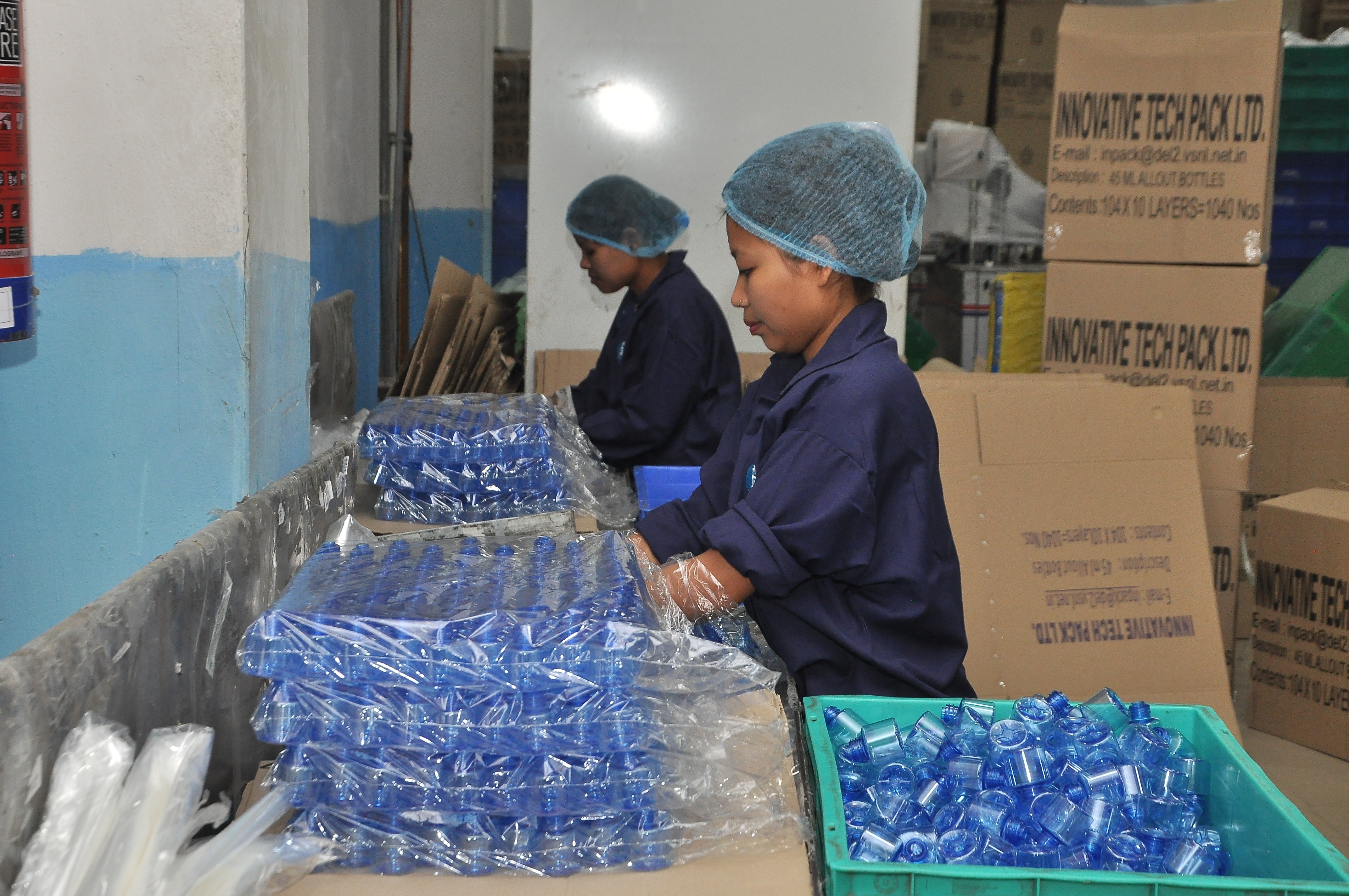

.jpeg)
.jpeg)


